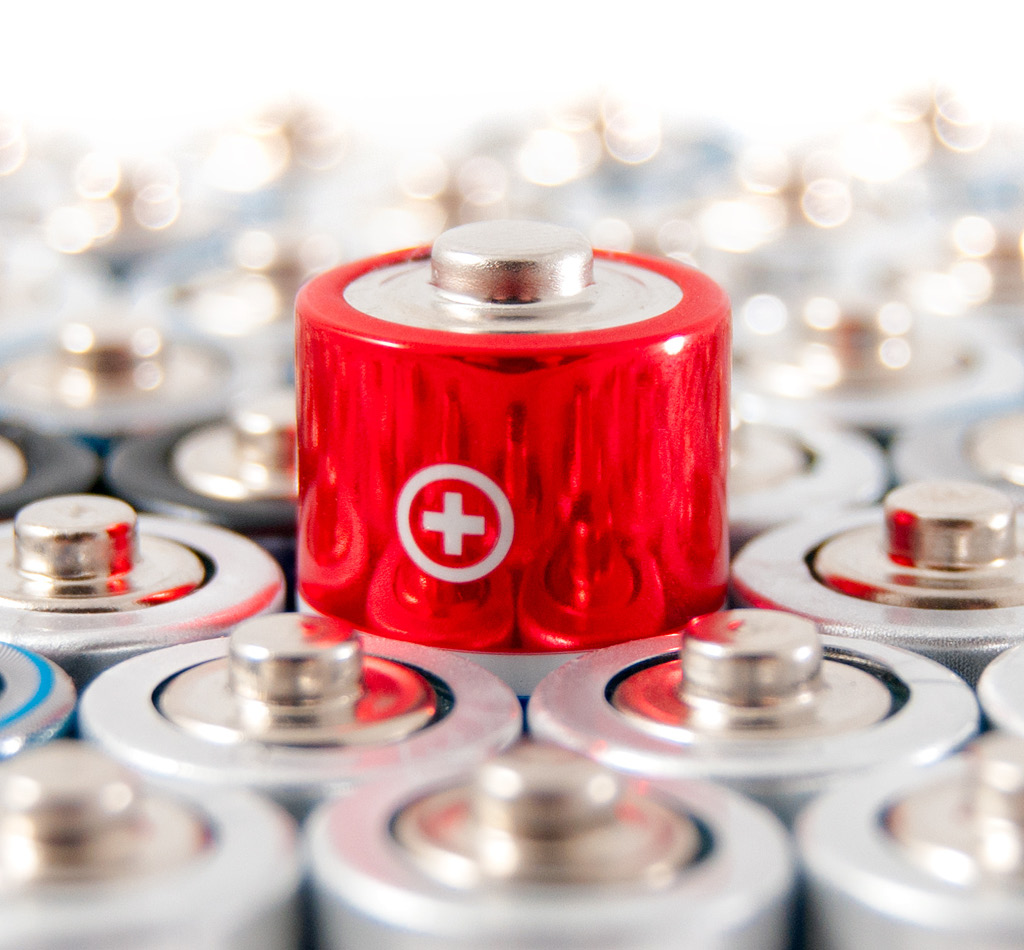Commentary
The hydrogen economy, the only option for getting to net-zero carbon by 2050
October 14, 2021
In recent weeks there has been a power crisis in China, brought about by the increase in coal prices. Over the last six months, prices have more than doubled and utility companies have been unable to pass on the increase on users (consumers and industry).
In Europe, a similar crisis is unfolding with the cost of electricity reaching all-time highs, driven by a spike in natural gas prices up 400% since the spring. Earlier in the year, we saw electric grids from Texas to California suffer major outages. Those outages have been used by some commentators to blame the investments made in renewable energy.
Green hydrogen is the best and the only solution to solve many of our energy problems as well as getting to net-zero, even though producing it today is quite expensive. Green hydrogen refers to electrolysis systems in which hydrogen is produced from water using electricity provided by renewable energy. It can also be produced from waste such as biogas, municipal solid waste, and industrial waste.
Electric vehicles may help to reduce our carbon emissions, assuming the electricity to charge them comes from renewables and that the grid can handle millions of vehicles plugging in. Steel, shipping, aviation, and trucking account for 40% of our carbon footprint, to which these are industries that batteries cannot fix.
Hydrogen can serve many objectives beyond decarbonization. Its ability to substitute for natural gas would go a long way to secure a country’s energy independence, something Europe would envy given its dependence on gas imports from Russia. Hydrogen is even exportable by pipeline or ship unlike other renewables limited by electrical grids.
Within the next decade, the scaling up of electrolyzer production and the deployment of fueling infrastructure will bring costs down to a level that is lower than fossil fuels and does not have the limitations of batteries.
The legislative framework
The 2021 United Nations Climate Change Conference (COP26) will take place at the end of October. After a historic year of extreme weather, and following a grim report published in August, we can expect a real sense of urgency and more concrete and measurable commitments following the conference. Major economies have already made commitments; we highlight a few below.

In terms of the hydrogen economy, below are a few of the initiatives that have been announced in Europe:

China is widely recognized as a global leader in clean-energy technology: it controls 60% of the solar supply chain; is home to five of the top 10 wind turbine manufacturers; and leads the world in lithium-ion batteries. In September 2020, Chinese leaders pledged to reach carbon neutrality by 2060. It is no surprise that China wants to become a leader in hydrogen as well.
Looking at the success of Tesla and the massive investments incumbent automakers are making to electrify their vehicles, we might think that adopting electric vehicles (EV) will be the solution to our problems. As we noted above, car and light trucks are only part of the emissions crisis, accounting for less than 20% of total emissions. But, staying with transportation, let us compare hydrogen with other technologies, as hydrogen is most competitive in heavy-duty motive applications.
The following chart shows the intersection of different technologies.

The addressable market for hydrogen as a transportation fuel is huge, even excluding SUVs and cars:
- 450,000 buses and intercity coaches,
- Four million medium/heavy-duty trucks,
- 8,500 Electric hybrid trains,
- 8,000 freight ships, and
- Off-highway vehicles.
However, even if we were to solve the problem of infrastructure (fueling stations), hydrogen for cars and light trucks presents many advantages:
- They are lighter;
- They can fill up in just a few minutes; and
- Their components are more easily recyclables.
A 2017 survey of 1,000 global auto executives concluded that hydrogen fuel cell technology will dominate battery-powered vehicles. More recent comments from Toyota, Honda, Hyundai, BMW, and Mercedes Benz go in the same direction.
One market that is rapidly adopting zero-emission technology is the transit bus market. Although there have been many announcements about electric buses, many studies show that Fuel Cell buses have an advantage in terms of total cost of ownership, even at current prices.
For buses, an ICT study with data collected by the California Air Resources Board (CARB) showed the advantage of hydrogen as fleet size increases:


The Foothill transit study compared the cost of deploying twenty zero-emission buses on a 42-mile roundtrip route. Due to the range limitations of electric buses, it was determined the line would require 34 battery buses versus 23 hydrogen buses.
“The 100 percent FCEBs scenario showed a slightly lower overall cost than the mixed technology fleet given current vehicle, fuel, and support infrastructure pricing. FCEBs offer an extended range and better match to OCTA’s current operating parameters. In comparison, the current range of BEBs may require more vehicles and drivers to meet similar service levels.” Orange County Transportation Authority.
How does Global Alpha participate in the hydrogen economy?
Iwatani (8088 JP)
www.iwatani.com/hydrogen-fueling
Iwatani is a Japanese company founded in 1930 and a leader in the field of energy, industrial gases and machinery, materials, agri-bio and foods. Since 1941, the company has engaged in initiatives to encourage the widespread use of hydrogen, the ultimate clean energy source as stated in the company’s mission. Iwatani is Japan’s only fully integrated supplier of hydrogen, and presently supplies its base of light and heavy-duty hydrogen-refueling stations and industrial customers via five liquid and 10 gaseous hydrogen production plants throughout the country. In addition, Iwatani is a steering member of the Hydrogen Council, a global initiative of leading energy, transportation, and industry companies, with a united vision and long-term ambitions for hydrogen to foster the energy transition. Iwatani is developing hydrogen-refueling stations with the aim of stimulating new hydrogen demand and supporting the widespread distribution of Fuel Cell Electric Vehicles (FCEV). It currently has 64 refueling stations, a number that doubled in the last three years.
Hexagon composites (HEX NO)
www.hexagongroup.com
This Norwegian company has 1100 employees across 23 global locations. Its solution enables the storage, transport, and conversion to clean energy in a wide range of mobility, industrial, and consumer applications:

From Hexagon composites website
Clean Energy Fuels (CLNE US)
www.cleanenergyfuels.com
We profiled Clean Energy Fuels in an earlier commentary, on May 6, 2021.
Although we discussed hydrogen, renewable natural gas, which can then be reformed to produce hydrogen, is the only transportation fuel today that offers a negative carbon footprint.







